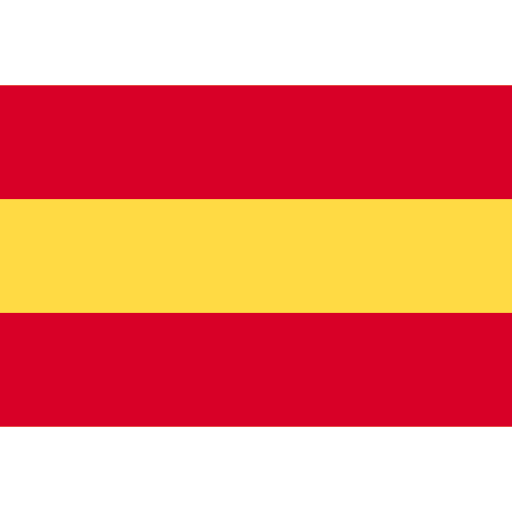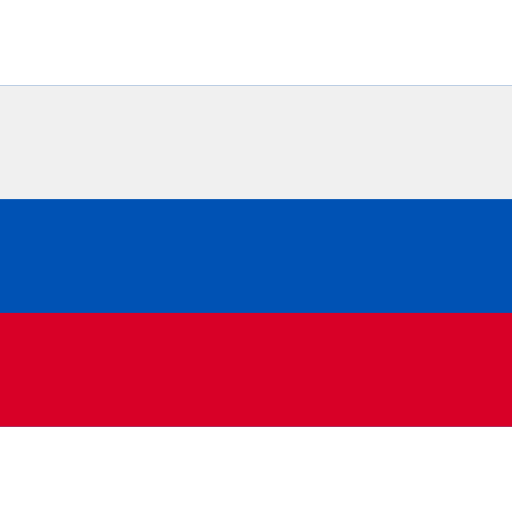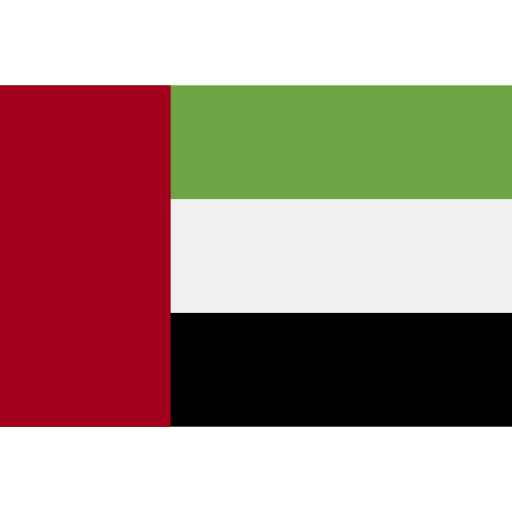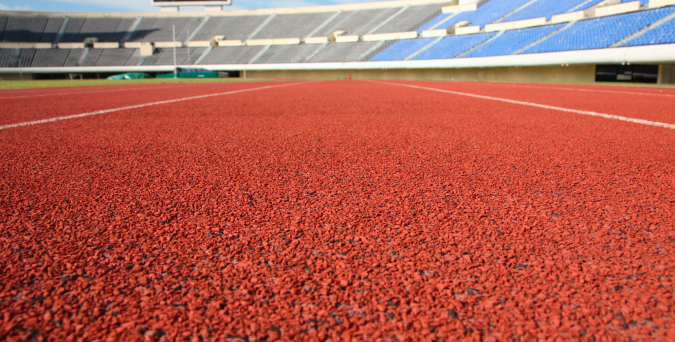What Are Geosynthetics and Why Are They Used?
Geosynthetics are synthetic materials used in construction and engineering projects for purposes such as soil stabilization, drainage, capping, and reinforcement. These man-made products are designed to enhance project durability, reduce costs, and minimize environmental impacts. Geobera, a subsidiary of Pentagon, offers extensive experience and innovative approaches in the field of geosynthetics, providing optimal solutions for its clients. In this article, we will explore what geosynthetics are, the different types available, and why they are so important.
What Are Geosynthetics?
Geosynthetics are products made from various synthetic materials used in soil engineering. Essentially, they interact with soil and ground to perform various functions. Typically produced from durable synthetic fibers such as polypropylene, polyester, or polyethylene, geosynthetics are classified into four main types:
- Geotextiles: These are woven or non-woven fabrics used for drainage, filtration, and soil reinforcement.
- Geomembranes: These are impermeable layers, often made from polyethylene or PVC, used to prevent leakage of water and chemicals.
- Geogrids: These are grids made from polymers used for soil or ground reinforcement and stabilization.
- Geocells: These are three-dimensional cellular structures used for soil stabilization and reinforcement.
Applications of Geosynthetics
Geosynthetics can be utilized in a wide range of applications. Here are some key uses:
- Soil Reinforcement: Geosynthetics are used to enhance soil stability and load-bearing capacity, which is especially important in weak soil conditions. Geogrids and geocells reinforce soil layers and prevent soil movement.
- Drainage Systems: Geotextiles and geomembranes manage water flow and control groundwater within soil. This is crucial in embankment projects and where waterproofing is required.
- Landfills and Storage Areas: Geomembranes provide impermeability to prevent leachate leakage and contain hazardous substances. They also act as a covering layer in these areas.
- Road and Infrastructure Projects: Geosynthetics are used in the construction of roads and bridges to strengthen and stabilize the ground. This improves load distribution and extends the lifespan of the infrastructure.
- Coastal Protection: Geosynthetics are used in coastal areas for erosion control and protection. They help prevent sea erosion and enhance the stability of coastal structures.
Advantages of Geosynthetics
The use of geosynthetics offers numerous advantages:
- Durability and Longevity: Geosynthetics are designed to withstand various environmental conditions, including UV rays, chemicals, and high temperatures.
- Cost-Effectiveness: Compared to traditional materials, geosynthetics can be more economical. Their long lifespan and low maintenance requirements reduce overall costs.
- Environmental Benefits: By replacing natural materials, geosynthetics reduce environmental impact. For example, geomembranes in landfills prevent harmful substances from leaching into water sources.
- Easy Installation: Geosynthetics are typically lightweight and flexible, making installation easier and reducing construction time.
- Efficiency and Performance: Geosynthetics effectively perform essential functions such as soil reinforcement, water management, and stability enhancement.
Considerations When Choosing Geosynthetics
When selecting geosynthetic materials, consider the following factors:
- Project Needs: Choose the appropriate type of geosynthetic for the project. For instance, geotextiles are used in drainage systems, while geomembranes are preferred for impermeability.
- Material Properties: Evaluate technical characteristics such as durability, tensile strength, and waterproofing capabilities.
- Installation and Maintenance: Assess the installation and maintenance requirements of the selected geosynthetics. Easy installation and low maintenance can make the project more efficient.
- Cost: Compare the cost of geosynthetics with their performance and longevity to find the most suitable option.
Geosynthetics are highly effective and versatile materials used in construction and engineering projects. With high-quality geosynthetic solutions from Geobera, Pentagon’s subsidiary, you can make your projects more durable, cost-effective, and environmentally friendly. By leveraging the benefits of geosynthetics, you can enhance the success of your projects and address various ground-related challenges effectively. Geobera’s innovative products and expert support can elevate your construction projects to the next level.











